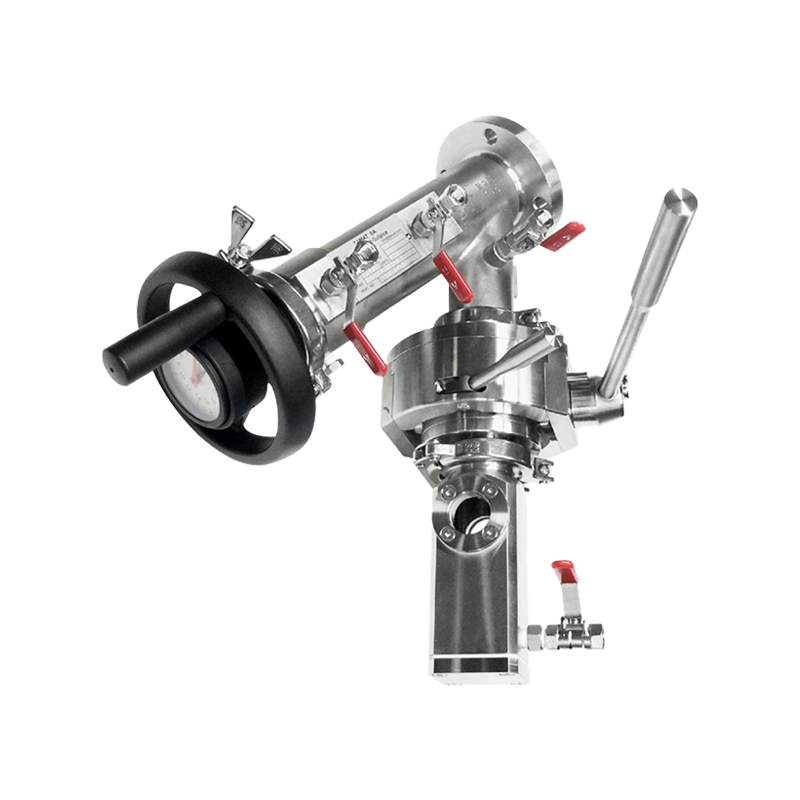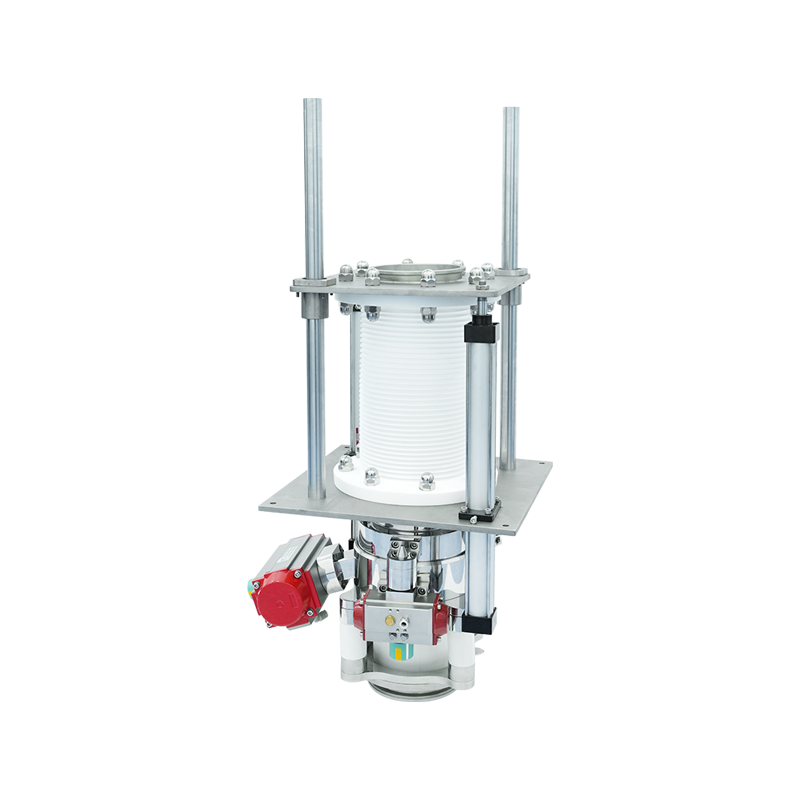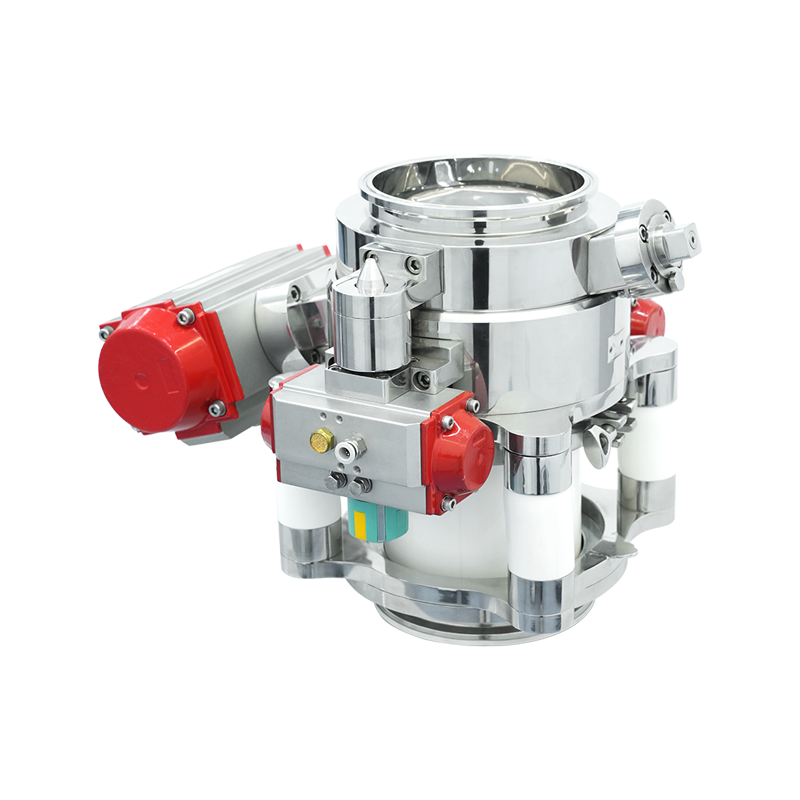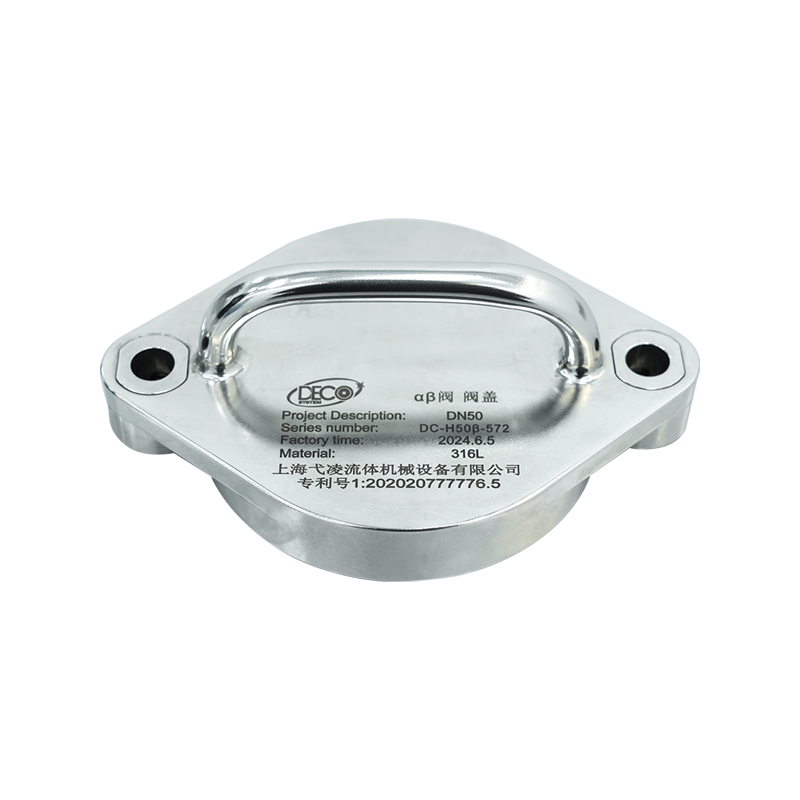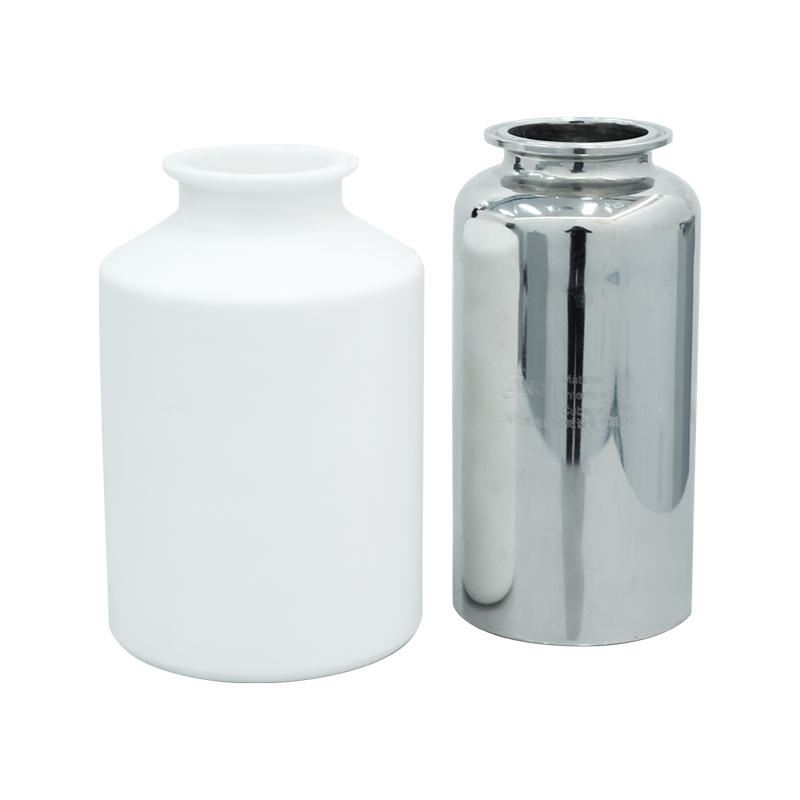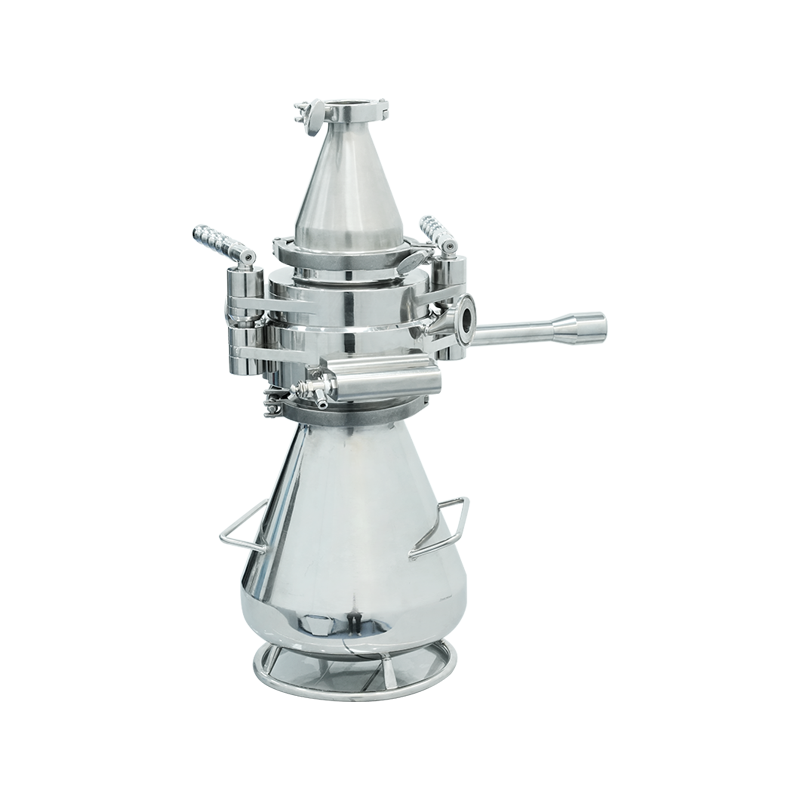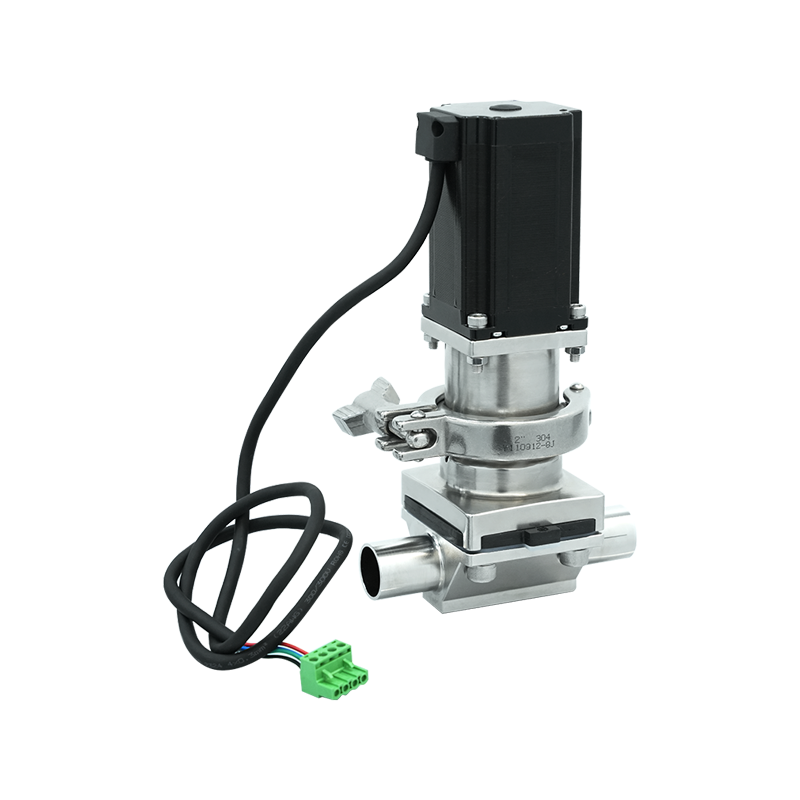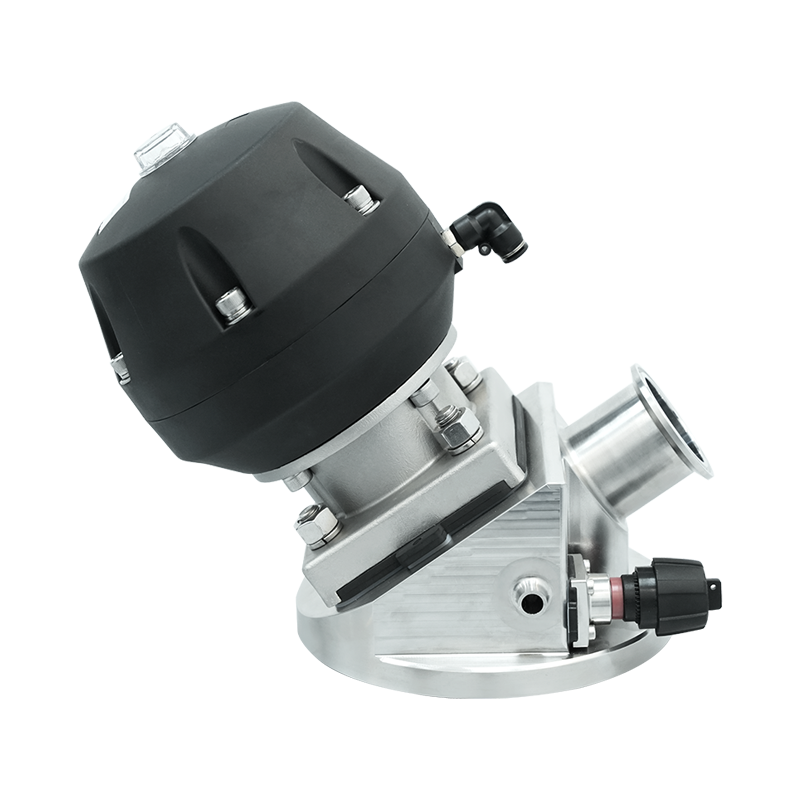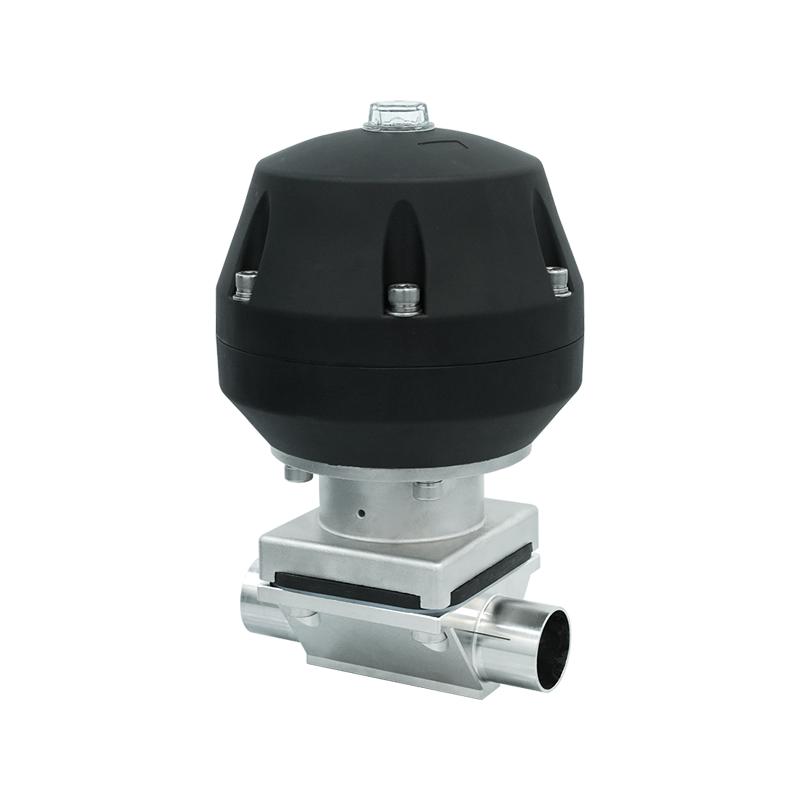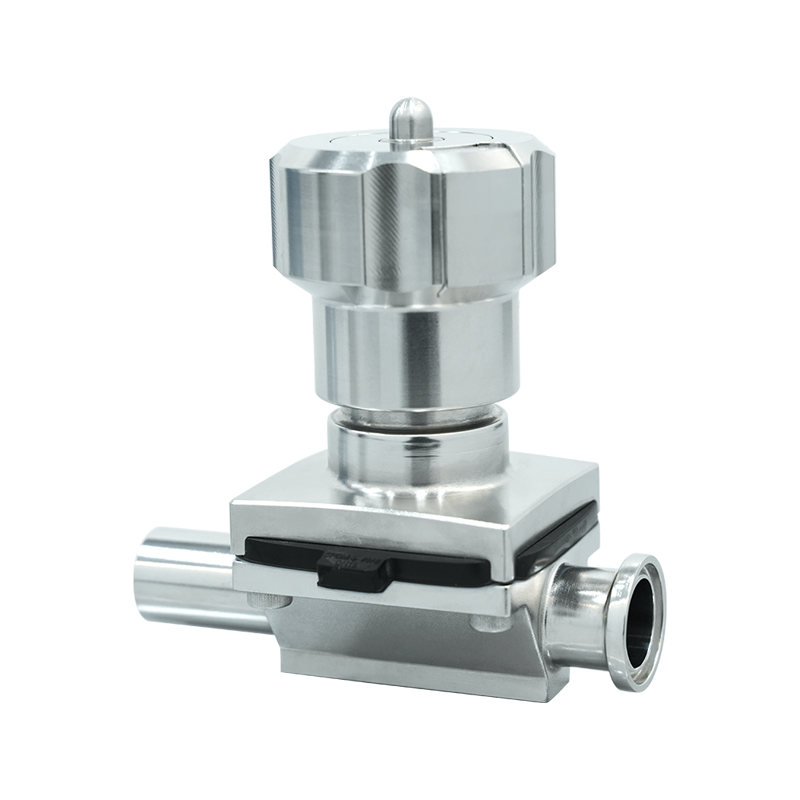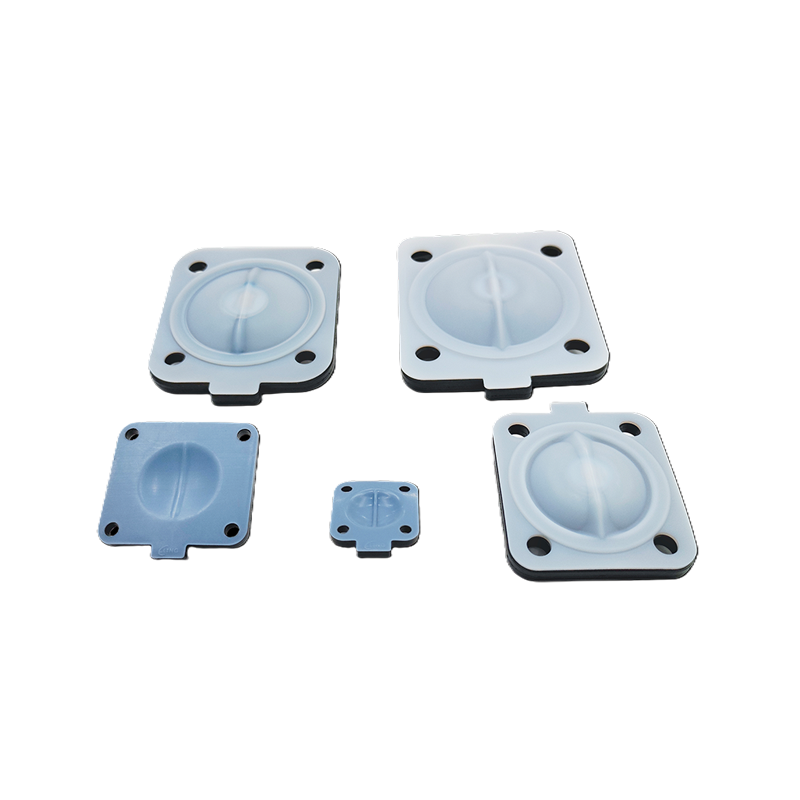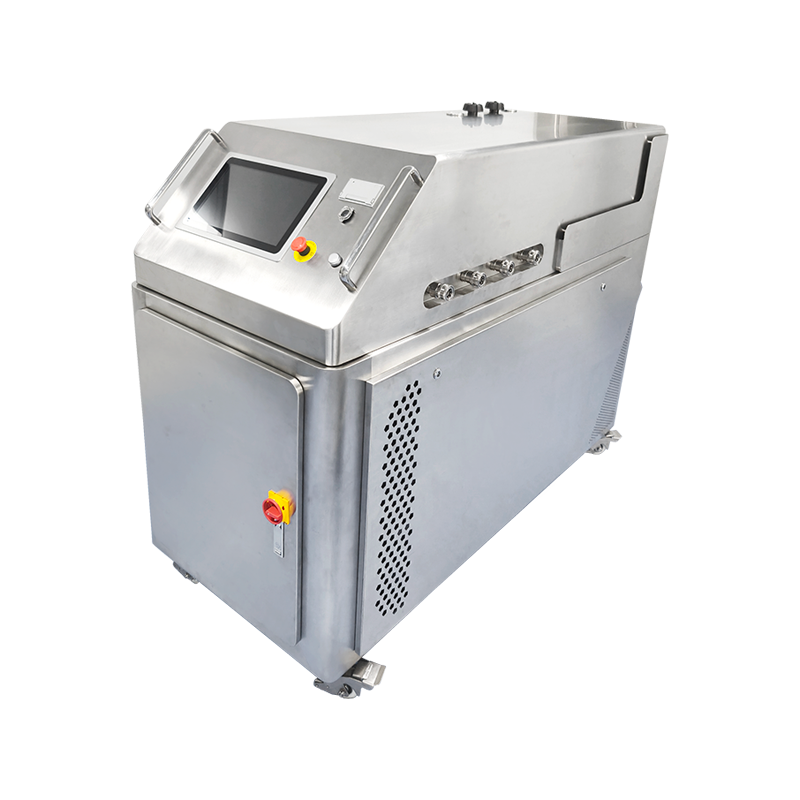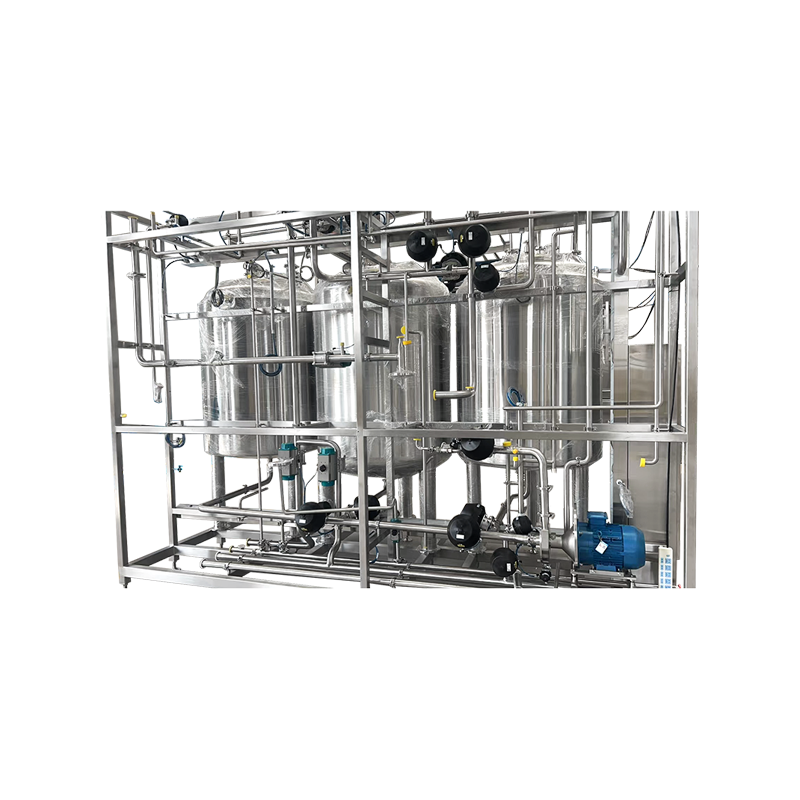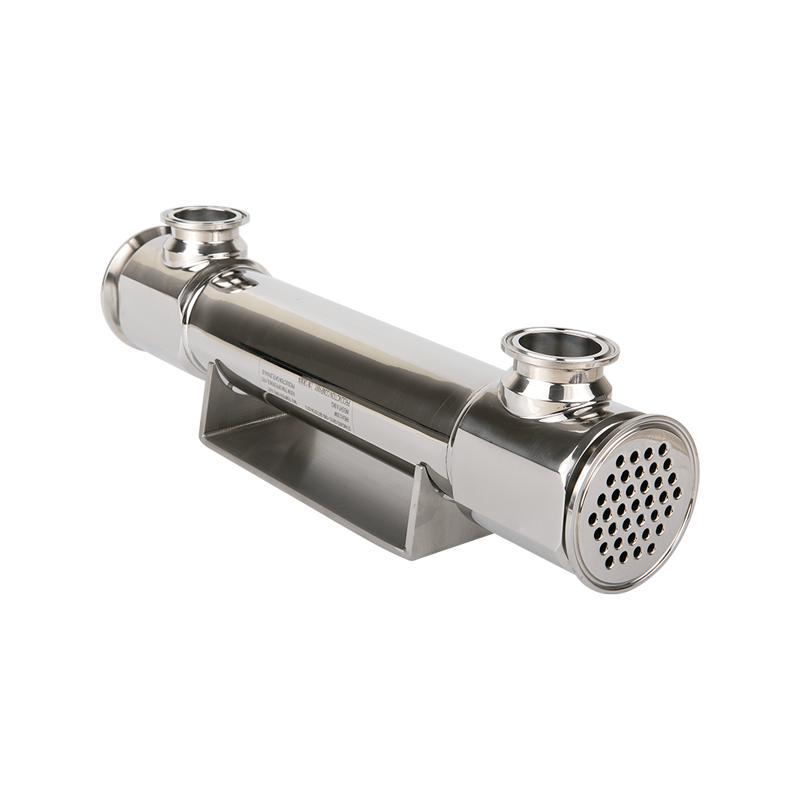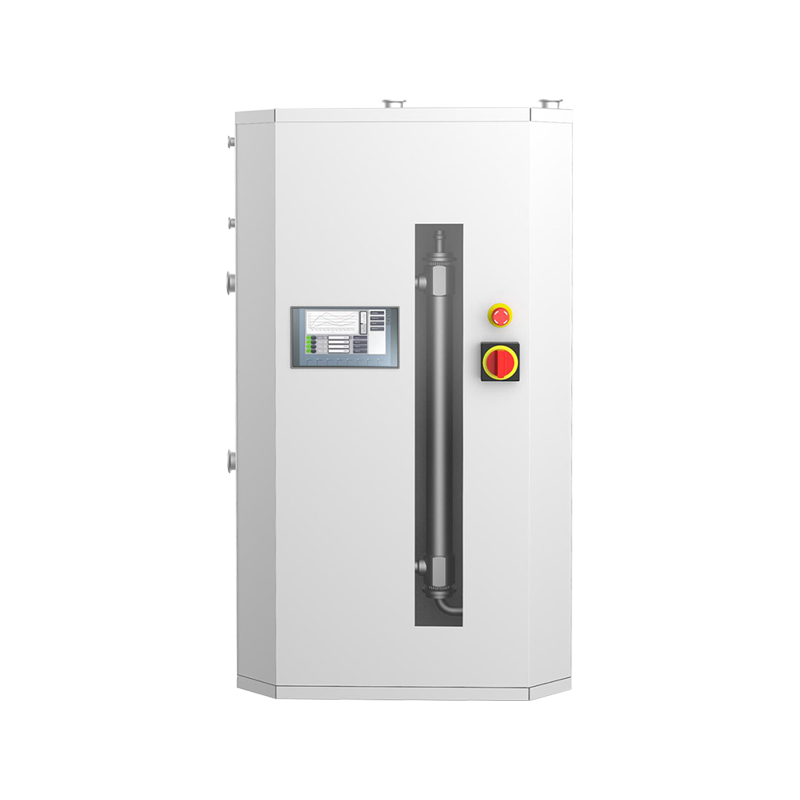In the pharmaceutical industry, valve selection directly affects the quality, efficiency, and safety of drug production. Thanks to their unique design and performance characteristics, diaphragm valves have become indispensable components in pharmaceutical processes. Compared to other types such as globe valves, ball valves, and butterfly valves, pharmaceutical diaphragm valves offer significant advantages in cleanliness, sealing performance, corrosion resistance, and ease of maintenance. This article analyzes the core competitiveness of pharmaceutical diaphragm valves from multiple dimensions.
1. Superior Sealing Performance: Zero Leakage and Contamination-Free Operation
The pharmaceutical industry places extremely high demands on valve sealing performance, as any leakage may lead to cross-contamination or compromised product quality. Diaphragm valves achieve physical isolation through the tight fit between the elastic diaphragm and the valve seat, completely preventing contact between the process medium and external components like the valve stem and actuator, thus eliminating leakage risks at the source.
Non-packing design: Traditional valves, such as globe valves, rely on packing for sealing, which tends to wear over time and cause leaks. Diaphragm valves, on the other hand, do not require packing, as the diaphragm itself bears the pressure of the medium, offering higher sealing reliability.
Crevice-free structure: The internal flow path of diaphragm valves is smooth and crevice-free, minimizing the risk of media retention and complying with GMP requirements for aseptic production. In contrast, ball valves and butterfly valves may contain internal gaps that could become contamination sources.
High-temperature, high-pressure sealing: During SIP (Sterilization-in-Place) processes, diaphragm valves are exposed to steam temperatures above 121°C. Materials like FKM and PTFE retain elasticity under such conditions, ensuring stable sealing performance.
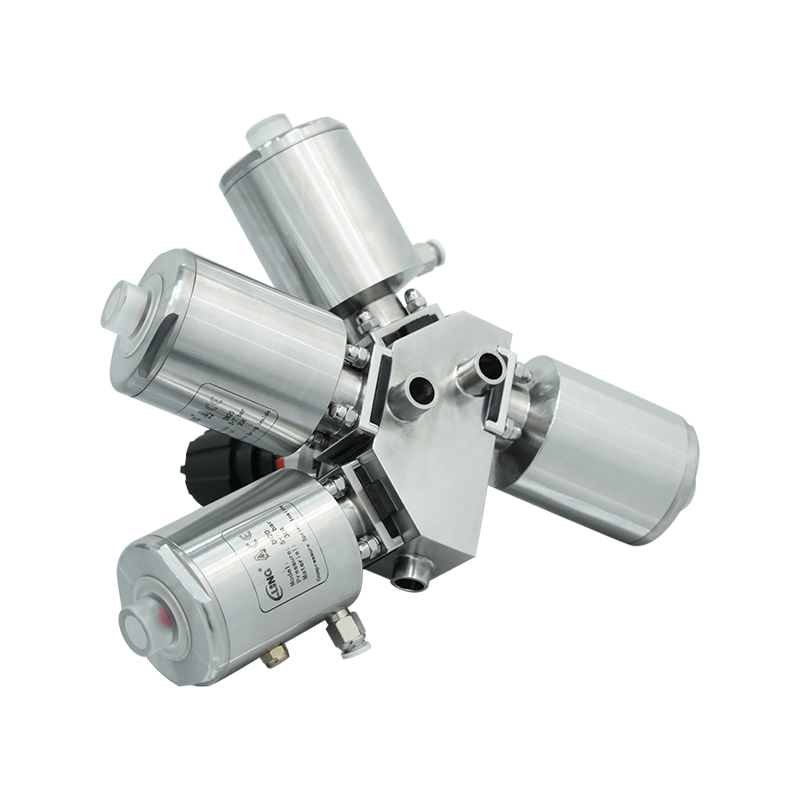
2. Excellent Corrosion Resistance: Compatible with a Wide Range of Chemicals
Pharmaceutical processes often involve strong acids, alkalis, and organic solvents. The corrosion resistance of valve materials directly impacts their lifespan. Diaphragm valves allow for targeted selection of both body and diaphragm materials:
Valve body materials: Common options include 316L stainless steel and ultra-pure plastics (e.g., PFA, PVDF). Stainless steel offers high corrosion resistance and a smooth surface finish, while plastics are suited for highly corrosive media.
Diaphragm materials:
Rubber types (e.g., EPDM, NBR): Suitable for non-corrosive media and cost-effective.
FKM: Resistant to high temperatures and aggressive chemicals, ideal for CIP/SIP processes.
PTFE: Highly chemically inert, ideal for ultra-pure pharmaceuticals and aggressive media.
In comparison, metal valve components in globe or ball valves are more vulnerable to corrosion in harsh environments, which can lead to seal failure or contamination.
3. Easy Cleaning and Maintenance: Minimizing Downtime
Pharmaceutical equipment requires frequent cleaning and sterilization. The cleanability of valves is therefore essential. Diaphragm valves offer several design advantages:
Modular structure: The diaphragm is a wear part that can be replaced without disassembling the entire valve. Removing the bonnet is sufficient, significantly reducing maintenance time.
Self-draining design: When installed horizontally, diaphragm valves can be designed to fully drain the medium, avoiding residue buildup.
Crevice-free surface: The inner surface of the valve is polished to Ra ≤ 0.8 μm, smooth and groove-free, facilitating effective CIP and SIP procedures.
In contrast, globe valves with threaded connections or complex flow paths may be harder to clean thoroughly, increasing the risk of cross-contamination.
4. Adaptability to High-Viscosity and Particulate Media
Pharmaceutical processes often involve viscous fluids (e.g., syrups, suspensions) or media with particulates (e.g., cell cultures). Ordinary valves are prone to clogging or wear in these applications. Diaphragm valves excel in this regard:
Flexible diaphragm deformation: Can adapt to particulates in the medium, preventing jamming or abrasion.
Low shear force design: The flow path minimizes shear forces, making it suitable for shear-sensitive media like biologics.
In contrast, the rigid sealing structures of ball or butterfly valves are prone to wear when handling particulate-laden media, leading to seal degradation.
5. Compliance with Regulatory and Certification Requirements
Strict compliance is required for pharmaceutical valves. Diaphragm valves typically meet the following standards:
FDA certification: Ensures materials are non-toxic and non-leaching, suitable for direct drug contact.
3-A certification: Complies with food-grade hygiene standards, applicable in API or formulation production.
EHEDG certification: Meets European standards for hygienic equipment design, focusing on cleanability and aseptic processing.
Other valve types, such as globe valves, may struggle to meet multiple certifications simultaneously due to structural or material limitations.
6. Cost Effectiveness and Long-Term Reliability
Although the initial purchase cost of diaphragm valves may be higher than conventional valves, their long-term benefits are substantial:
Reduced maintenance costs: The diaphragm is easy to replace without removing the entire valve, minimizing production downtime.
Extended equipment lifespan: Corrosion-resistant materials and optimized designs reduce valve failure rates and lower overall operating costs.
Improved product quality: Zero leakage and contamination-free operation ensure consistent batch quality, reducing quality-related risks.






